The Saga of Fixing Stuff – Diesel Truck Repairs
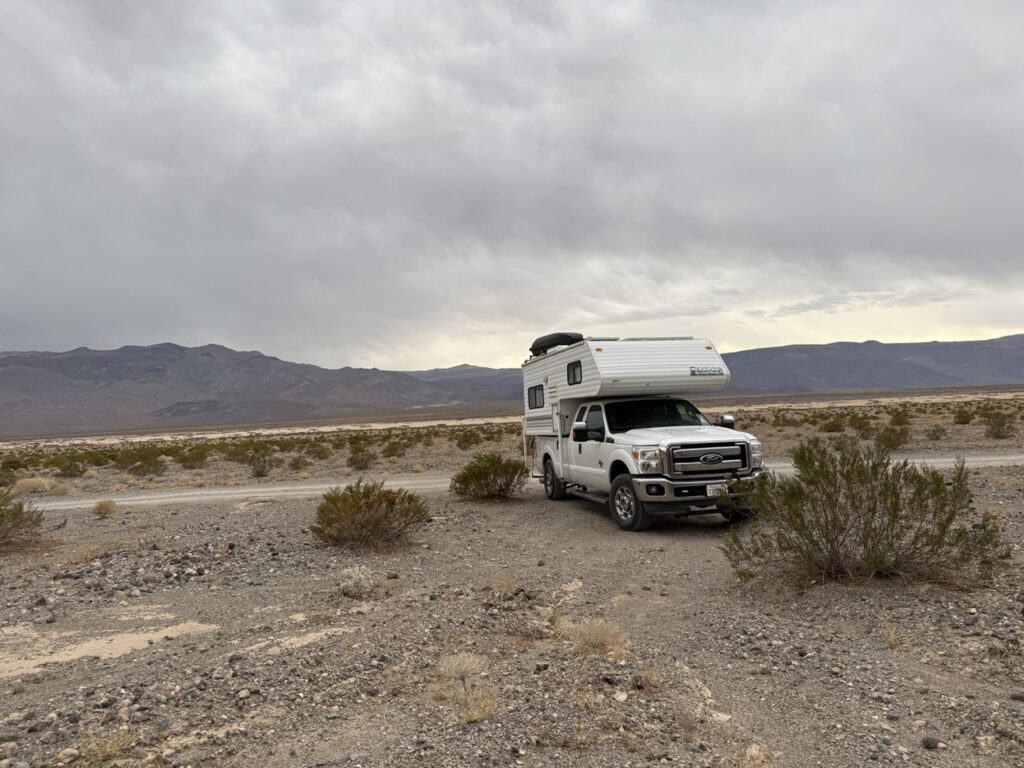
I have a big pickup truck. It’s a 2012 Ford F250 with a diesel engine, an extended cab, and a full 8′ bed. I would love an electric truck that could do the things I do with this truck, but the world isn’t quite there. Chevy’s Silverado EV looks really slick, but damn, that is a big heavy machine! And it is expensive. Chevy has a somewhat-affordable “Work Truck” version of the EV but it doesn’t have the features found on the more expensive non-work truck version that make it actually function well as a truck (ie: carrying long stuff in the bed via the foldable back).
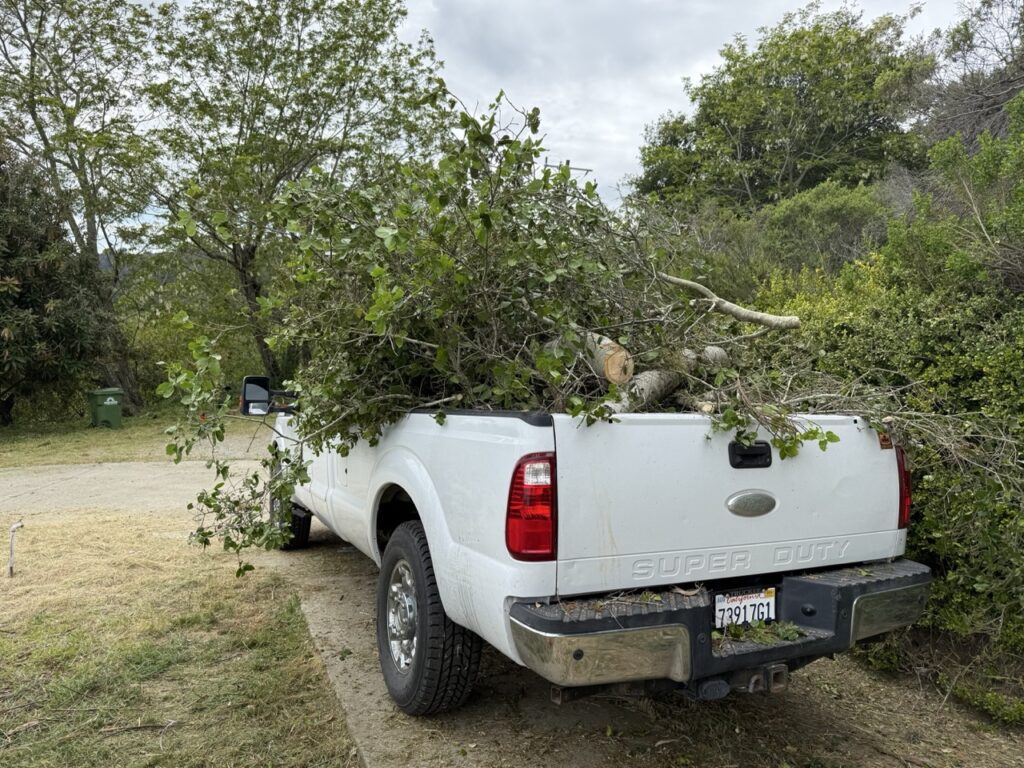
We love to take our truck camper into pretty rough places, like the middle of Death Valley shown in the above photo. The truck camper has been great, and over the past 7 years or so it has saved us a lot of money by allowing us to camp for free the majority of the time. Sure, we could set up a tent, but we got the camper when Lexi was pregnant with our boy, because we knew it would allow us to easily do more adventures. When Ansel was 6 months old we spent a full month living in the camper doing a winter ski trip via the IKON pass, traveling from resort to resort and not having to pay anything to sleep anywhere (except Jackson Hole). The camper did well, even in -4 degree F weather while having to remove a few feet of snow off the truck each morning.
Even though I have a really strong F250, I really wish I had gotten the beefier F350 that could carry more weight, and only because it would be able to carry a better truck camper. The Lance camper that we found (used) was one of the lightest campers that offered the full package: shower, toilet, bed, and without a pop-up portion, which I feared would leak too much heat in the winter.
The saga is dealing with a diesel engine. This truck has been pretty reliable (ignoring a $6k alignment fix), but it always seems to throw some emission code errors on the OBD scanner. Apparently it is a common problem with Ford 6.7 Liter diesel engines. I ignored the last code, as replacing the EGT sensors (Exhaust Gas Temperature) is a pain. They get rusted in the exhaust and are hard to remove (well, not really the exhaust, but the DPF – the Diesel Particular Filter which does the emission stuff).
My truck was throwing P2033 on the OBD, which is Bank 1 Sensor 2, the EGT sensor in the #2 position. And finally the truck notified me it was going to go into limp mode: Limit the speed to 50MPH in 50 miles.
So I got a new sensor. And you should not buy these from the local Ford dealership — they are $220 from Ford online, but if you walk into Corwin Ford in Reno they charge more, like $260. The parts guy on the phone told me to order it online and pick it up from them if I wanted the lower price. Worse yet, Corwin Ford adds on a 3% credit card fee, in addition to the regular Nevada state taxes. Instead, I can buy it online for about $150 shipped to my door, saving another $20 in diesel fuel.
I cut the sensor wire and use a socket to get it out, but of course, I was having trouble, and propane torch heat wasn’t helping. I didn’t even try Liquid Wrench…fearing it would cause smoking on the pipe, but in hindsight I should have tried it, as later I liberally dosed the truck in the stuff.
Actually, before I cut the wire, I noticed it wasn’t plugged in all the way. And this was probably my #1 problem, as I think I had put this sensor in a few years back, and I probably didn’t seat it in all the way. But, I had the new sensor, and I figured it wouldn’t hurt to put it in………oh how I was wrong!
The sensor bolt snapped. There was not enough room to mess with it under the truck, so I had to take out the exhaust/DPF.
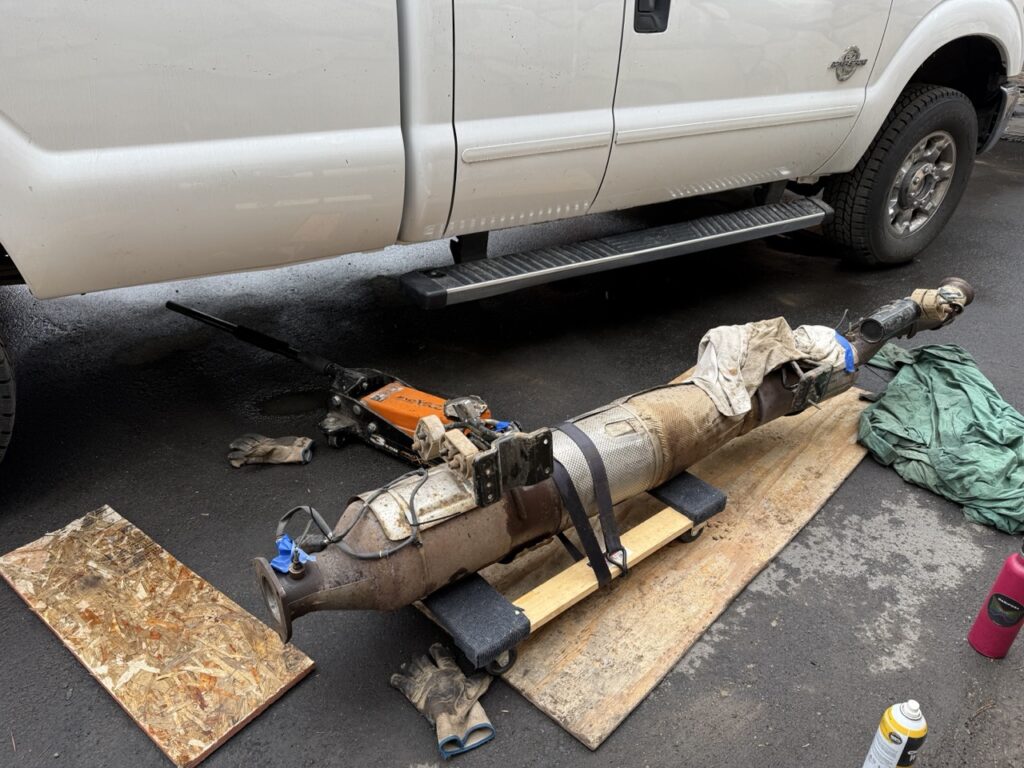
This was no small task, but I don’t work a regular job, and it is more economical for me to try to fix things than to pay someone else to do it. Ford would also likely just replace the DPF, which is a $6500 part alone (or maybe more, because of Corwin Ford being a dealer that charges more than full retail price).
Once I did finally get it out, and we are talking many hours later after waiting for some rusted exhaust bolts to soak and borrowing an impact wrench, I could start the real work.



This next step took a really long time; like 4-5 hours. First, an “Easy Out” broke off, and that is hardened steel, which can’t be drilled out. So I had to dremel it out, and try a lot of other techniques. I heated it a ton — with the real oxy-acet torch until it glowed red. Twice I tried welding on a washer, and then a nut on top to spin it off, but there wasn’t enough material in the bolt to grab onto (it is hollow for the sensor wire), and would break off. Finally, I just upped the drill bit size until it was thin, and then an easy out did get the last of the threads out. I could then re-tap it, and it seemed to hold onto the sensor.
If that doesn’t work (ie: it comes loose), I have to cut off the “bung” and weld on a new one. I already ordered the new one ($9 shipped) in case it comes to that point.
Putting the DPF/exhaust back in the truck wasn’t as hard as removing it. The truck did start and not have the error code for sensor #2! Alright! But it still was warning about limp mode in a few miles, but I drove it a short bit and looked at the error codes: Now, it is giving error P242D, which is “Bank 1 sensor 3” — that means I need yet another sensor to replace and potentially go through the same process again.
It’s at this point I wish I had an electric truck.
Addendum: The rust gods were kind to me, and sensor 3 came out without any sort of struggle. I waited for the new sensor arrive, and it wasn’t wanting to go in very smoothly. A quick cleanup with the tap fixed up the threads, and after some liberal application of anti-seize I got it in. I cleared all the codes, and the truck started up and seems to be fine! I didn’t even have to do some sort of dance to clear the “50mph limit mode”; it just went away. I’ve only done a few drives in it…so I’m crossing my fingers that everything stays alright.




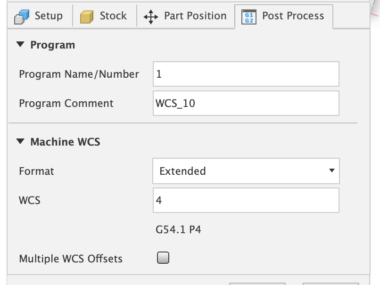
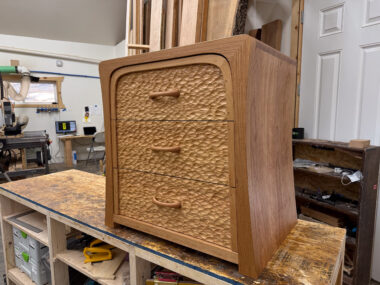
Hey Corbin,
I am apparently the first to comment here, and a little dubious of that btw, I feel your pain with having to continue validating internal (infernal) combustion. Dealing with the exhaust system of any full sized pickup is a handful. The cost of maintaining working trucks north of the 49th is just more of the same with added rust factor.You know that for a very brief period in the 70’s, I believe that dodge or gm offered a galvanized box. A very dear friend and I were working on his truck when I noticed the paint had flaked off in a small section exposing the zinc. Anyway, I just dropped in to say hi and to suggest that of the many creative people I am acquainted with, you are prime for an e-v. I just put the nicest paint job on a 1000W e-motorcycle. It will do 55kmh or 35mph and that is quite fast enough for moi. Took it for the first ride of the year and though it was missing some body panels, the ride was just what the doctor ordered. Why don’t you try to interest the subscribership in supporting a modification. Have you checked out resellers of battery packs, and drive units. Quite good savings. Sure there is a learning curve. Check out the AgingWheels channel. He is a little squeeky for my taste, but he is invested and has many mods under his belt. I would put in to a crowd fund for you. Upgrade has nearly concluded. May even go full flood coolant to keep the swarf from going everywhere. Hope you and your family are enjoying the days of May.
Cheers
Christopher Leech
Hi Christopher,
Blog traffic and interaction isn’t quite what it used to be with the advent of other social media; it has kind of killed old-style blogs like mine, and online forums! My blog email subscriber count is only 28 people ;)
I wonder how the new style aluminum body trucks will hold up in 15-20 years; maybe less rust problems compared to steel, but more dents and cracks.
Some day I would like to get a little EV moto; an enduro would be perfect, as we have lots of off road trails that go for miles nearby me in Truckee, California. I’m not sure I’ll be doing another conversion…but maybe someday when my Tesla dies I’ll hack it into something new and fun.
If you are curious to see how much income my sites make (and woodworking), I did a video on it: https://youtu.be/Sy6BrrqRZMk – probably not enough to support a good EV conversion, but you never know!
Corbin